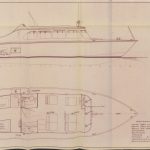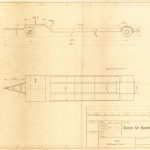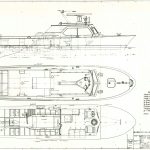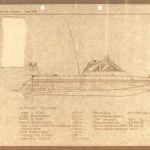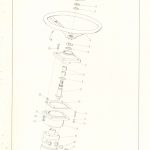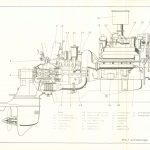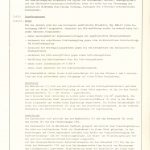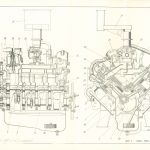Foreign Equipment at the Danube Border Guard
After the end of the Second World War and the restoration of the Czechoslovak Republic, the question arose as to how to protect the state borders on the Danube. After the change of the Czechoslovak-Hungarian border in 1947, when the territories of Horváthjárfal, Oroszvár and Dunacsún, the present-day municipalities of Jarovce, Rusovce, Čunovo and a part of the municipality of Rajka were acquired, the SNB’s Navigation Department was established. In April 1951 it was reorganised into the SNB River Section and secured the 31 km stretch from Devín to Šamorín, i.e. mainly the border with Austria, which was considered more risky. The remaining part of the border with Hungary was then secured by SNB river stations and SNB navigation detachments. In 1952, the 11th Bratislava Border Brigade was entrusted with guarding the Austrian-Slovakian Danube border, and two years later the 25th Independent Danube Border Battalion was formed. From 1964, except for the abolition of the battalion system in 1966-1972, the 3rd Battalion of the 11th Bratislava Border Guard Brigade guarded the Danube border until the end of the Border Guard.
Although after the end of World War II, and especially in the late 1940s and early 1950s, the concept of guarding the Czechoslovak state borders was significantly changed, the economic importance of the Danube required a specific solution. The Danube was still a river of international navigation, which allowed the ships of the Danube states to operate routinely on the river and in the ports. From the point of view of the communist regime’s repressive approach to state borders, it was therefore a high-risk environment in which shipping could facilitate illegal attempts to cross the state border.
The operation on this watercourse did not allow the use of conventional engineer equipment to protect the national borders known from the inland frontier elsewhere than on the shore. Therefore, the Border Guard also had to concentrate on controlling or escorting boats and patrolling the river. In order to successfully carry out guard duty on the Danube, it was necessary to have vessels that met the high demands for speed, stability and manoeuvrability.
We do not have much archival material on boats used by the Border Guard until the 1960s, but the situation for the 1970s and 1980s is fortunately much more favourable. In accession no. 161/K3-2007 of the Main Administration of the Border Guard and State Border Protection there are various types of archival material documenting the selection of new boats for the Danube Border Guard from the late 1960s to the 1980s. It is not without interest that these were always foreign productions. In addition to the boats that were eventually actually used to guard the Danube’s surface, there is also material on their components, towing vehicles for transporting boats and auxiliary workshop equipment. The surviving archival material includes project descriptions, extensive technical documentation including detailed drawings, engine documentation, electrical circuit details, and even a few photographs of the floating boats.
These are mainly the boat “Oceanic” of the Swiss company Bodan-Werft used mainly in the 70s, the fastest boat that ever served in the Danube Border Guard, the East German boat GSB 066 M 1 with Swedish Volvo Penta engines, after which the boat was then called, and the boat GSB 075.5 with modified Soviet GAZ-41 engines also of East German production.
To study the materials, knowledge of German, Polish and Russian is an advantage. The material is well useful for those interested in the study of contemporary technology, as well as for ship modellers.



